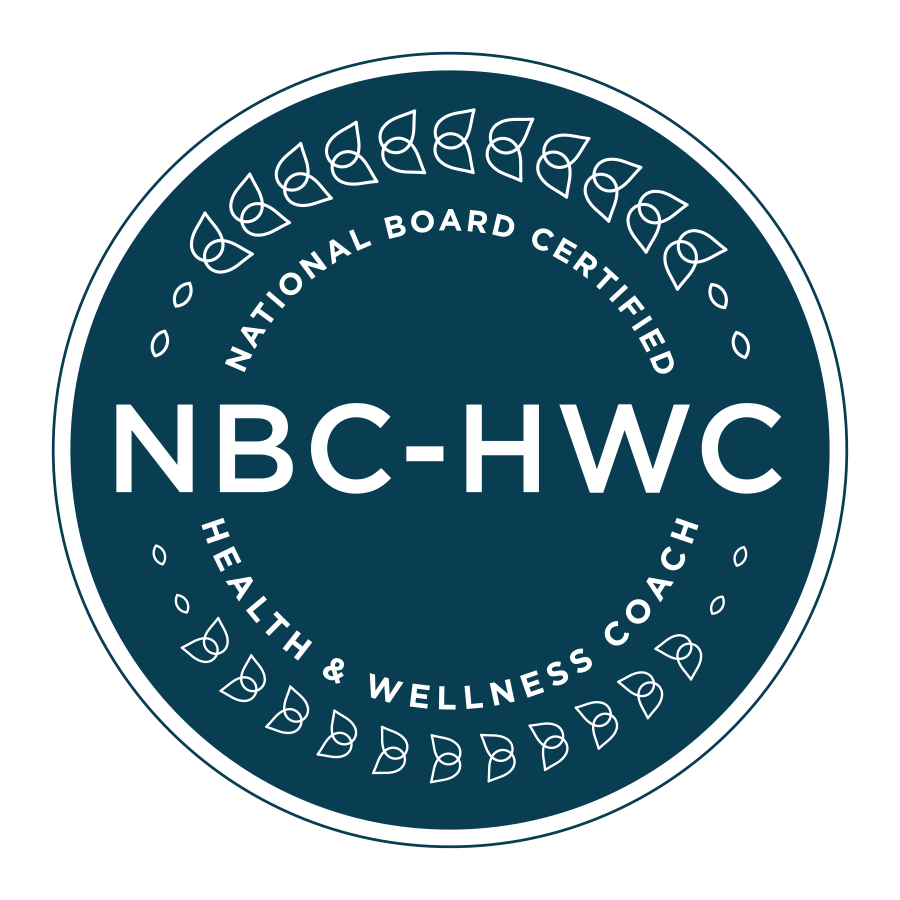In the blink of an eye, I found myself suspended between realities—a space where the familiar and the unknown collide. Here I am, visiting my 91-year-old mother in The Bahamas, yet simultaneously coaching clients as if nothing has changed. But everything has shifted, and I’ve stumbled into what psychologists call a “liminal space”—a transformative threshold between two phases of life.
The revelation hit me as I stepped into the neighborhood grocery store, a constant fixture since my childhood. Crossing its threshold felt like time travel. The dim lighting, barely supplemented by the large storefront window, illuminated a scene frozen in time. An old brown cash register stood defiantly next to its modern counterpart. Wooden shelves stocked with bare essentials—canned tuna, tomato paste, sugar, rice, flour—transported me back to simpler times. The solitary brand of dishwashing liquid, aptly named “Joy,” seemed to mock the complexity of modern choice.
As I returned home, memories of childhood errands flooded back. It dawned on me that life is a series of such thresholds—each representing a transition, a new chapter, a future unwritten. Yet, these liminal spaces can be unsettling, akin to the anxious atmosphere of a hospital waiting room.
So, how do we navigate these in-between moments?
1. Recognize the Potential for Transformation
Liminal spaces are fertile ground for personal growth. They challenge our perceptions and reveal hidden aspects of ourselves. As the apostle Paul writes in 1 Corinthians 13:12, “For now we see in a mirror dimly, but then face to face. Now I know in part; then I shall know fully, even as I have been fully known” (AMP). These moments of transition offer us glimpses of our true selves and the divine potential within us.
Image by Daniel Puel from Pixabay
2. Embrace the Unknown
Although liminal spaces offer opportunities for self-discovery and growth, it is likely that most of us do not perceive them as such. Because of the uncertainty that can exist in these spaces, many find them uncomfortable. However, instead of resisting the discomfort of liminal spaces, I’ll like to suggest you lean into them. Use this time for reflection and introspection. As Søren Kierkegaard wisely noted, “Life can only be understood backwards; but it must be lived forwards.” Journaling, meditation, or engaging in spiritual practices can help you navigate these uncertain waters with grace and purpose.
Image by Dimitris Vetsikas from Pixabay
3. Stay Anchored in Faith
Liminal spaces are constant in our lives, occurring daily, monthly, or yearly and even for years. By recognizing them, we create room for divine intervention and personal growth. Instead of filling these spaces with anxiety or unhealthy behaviors, anchor yourself in faith and anticipation of positive change.

Image by Orladda Moolasartsatorn from Pixabay
4. Cultivate a Positive Perspective
Imagine approaching every threshold with excitement rather than fear. What if each liminal space was an opportunity to become more aligned with your true self and God’s plan for you? By reframing these transitions as moments of potential rather than disruption, we can transform our entire approach to life’s challenges.

Image by Amy from Pixabay
As I left that time-capsule of a grocery store, I realized that liminal spaces are not just gaps to be endured but portals to be explored. They offer us the chance to shed old skins, embrace new perspectives, and step into the fullness of who we are meant to be.
The next time you find yourself in a liminal space – be it a physical threshold or a psychological crossroads – take a deep breath. Remember that you stand on holy ground, ripe with possibility. In these in-between moments, we have the opportunity to connect more deeply with ourselves, our faith, and the divine plan unfolding in our lives.
So, cross that threshold with confidence. Your next transformation awaits.






